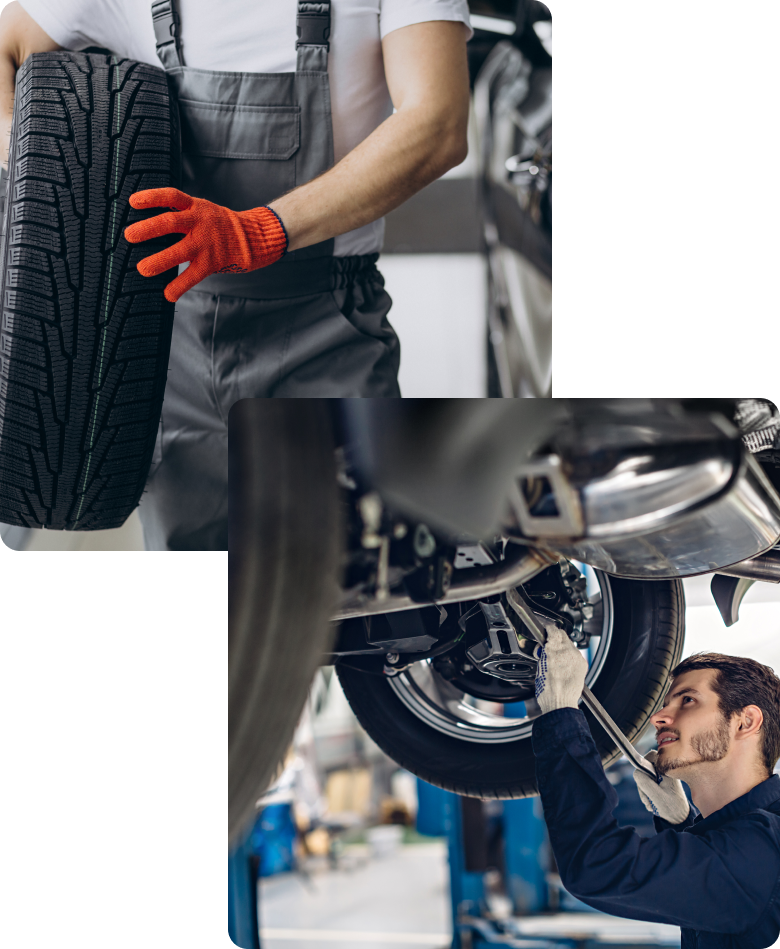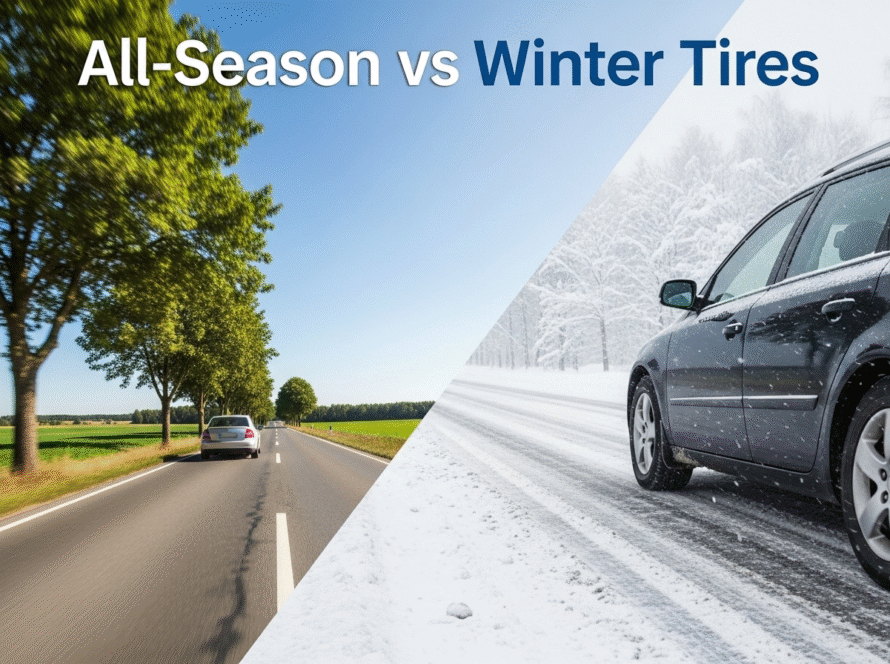When it comes to ensuring vehicle safety, tires play a critical role in maintaining a secure driving experience. Tires are the only part of a vehicle that come into direct contact with the road, and their condition, quality, and performance significantly influence driving safety. Understanding the connection between tires and safe driving is crucial for both new and experienced drivers.
The Crucial Role of Tires in Vehicle Safety

Tires contribute to various aspects of driving safety, including traction, stability, braking, and handling. These factors are essential for preventing accidents, maintaining control of the vehicle, and ensuring optimal performance, especially in challenging road conditions.
1. Traction and Grip
Traction refers to the friction between the tire and the road surface. It determines how well the tire can grip the road, which directly affects the vehicle’s handling. Tires with adequate tread depth and the right rubber compound provide better traction, especially in wet or slippery conditions. Worn-out tires with insufficient tread can reduce traction, leading to longer braking distances and a higher risk of skidding or hydroplaning.
2. Braking Performance
The effectiveness of a vehicle’s braking system is partly dependent on the condition of the tires. Tires with good tread patterns ensure better contact with the road, allowing the braking system to perform efficiently. On the other hand, tires with worn-out treads can cause the vehicle to take longer to stop, which increases the chances of collisions. Regular tire maintenance, including checking tire pressure and replacing worn tires, ensures optimal braking performance.
3. Handling and Stability
Tires affect how a car handles various road surfaces, turns, and maneuvers. Tires that are properly inflated and in good condition provide better stability, especially in cornering. Under-inflated or over-inflated tires can lead to poor handling, making it harder to maintain control of the vehicle. Correct tire alignment is also essential for maintaining even tire wear and ensuring stable driving, particularly when navigating curves and sharp turns.
4. Fuel Efficiency
While not directly related to safety, tire condition can influence fuel efficiency. Tires with low rolling resistance help reduce fuel consumption by minimizing the effort required to move the vehicle. Well-maintained tires not only save money on fuel but also contribute to better vehicle performance and safer driving over long distances.
Tire Maintenance for Safe Driving

To maximize the safety benefits of your tires, regular maintenance is key. Here are some tire care tips that contribute to safer driving:
- Check Tire Pressure Regularly: Proper tire pressure ensures even tire wear and optimal contact with the road. Under-inflated tires can cause excessive wear and poor handling, while over-inflated tires can lead to a harsh ride and increased risk of blowouts.
- Inspect Tread Depth: Ensure that the tire tread is deep enough to handle wet or icy conditions. The minimum legal tread depth is usually around 1.6mm, but replacing tires before they reach this point is recommended for enhanced safety.
- Rotate Tires Periodically: Regularly rotating your tires helps distribute wear evenly across all tires, prolonging their lifespan and maintaining consistent performance.
- Replace Tires When Necessary: Don’t delay replacing worn-out or damaged tires. Tires that have become excessively worn or show signs of cracks or bulges should be replaced immediately to avoid the risk of a blowout.
The Influence of Tire Technology on Driving Safety
Modern tire technology has made significant advancements, improving both performance and safety. Features such as run-flat tires, advanced tread designs, and tire pressure monitoring systems (TPMS) help improve vehicle safety in various ways. For example, run-flat tires allow drivers to continue driving for a limited distance after a puncture, reducing the likelihood of an accident caused by a sudden loss of air pressure.
Tires are an essential component of vehicle safety, affecting everything from braking to handling, traction, and fuel efficiency. Ensuring that your tires are in good condition and properly maintained can significantly reduce the risk of accidents and enhance your overall driving experience. By understanding the importance of tire safety and following basic tire maintenance practices, drivers can ensure their vehicles perform optimally and safely on the road.





